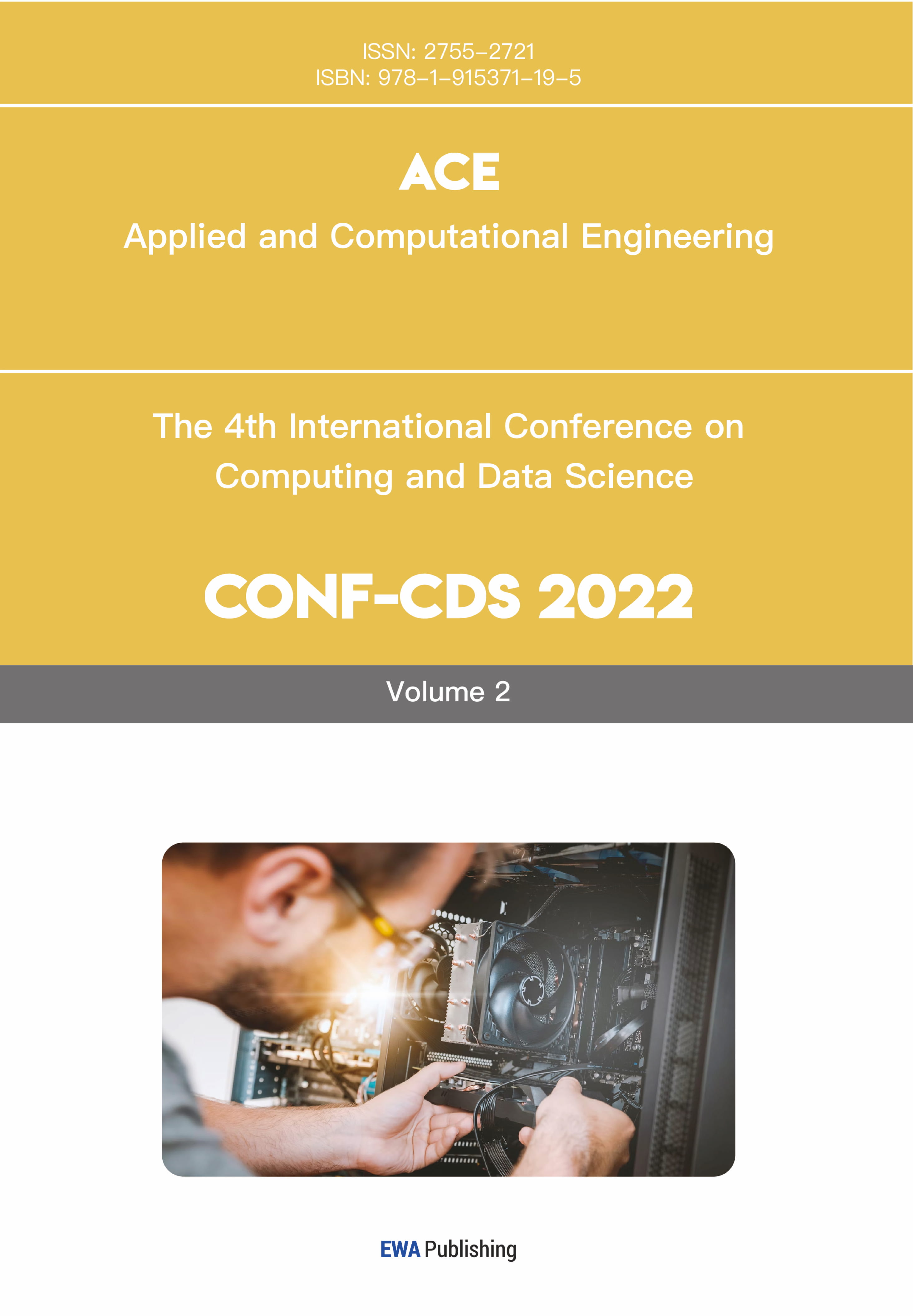References
[1]. Masood M., Nawaz M., Malik K.M., et al. (2023) Deepfakes generation and detection: state-of-the-art, open challenges, countermeasures, and way forward. Appl Intell 53(4): 3974–4026
[2]. Liu M.Y., Huang X., Yu J., et al. (2021b) Generative adversarial networks for image and video synthesis: algorithms and applications. Proc IEEE, 109(5): 839–862.
[3]. Khan, R., Sohail, M., Usman, I., Sandhu, M., Raza, M., Yaqub, M. A., & Liotta, A. (2024). Comparative study of deep learning techniques for DeepFake video detection. ICT Express, 10(6), 1226-1239.
[4]. Kaur, A., Noori Hoshyar, A., Saikrishna, V., Firmin, S., & Xia, F. (2024). Deepfake video detection: challenges and opportunities. Artificial Intelligence Review, 57(6): 159.
[5]. Mubarak R., Alsboui T., Alshaikh O., et al. (2023) A survey on the detection and impacts of deepfakes in visual, audio, and textual formats. IEEE Access 11: 144497–14452. https: //doi.org/10.1109/ ACCESS.2023.3344653
[6]. Guardian. (2023) Tom Hanks says AI version of him used in dental plan ad. https: //www.theguardian.com/film/2023/oct/02/tom-hanks-dental-ad-ai-version-fake.
[7]. Isenstadt A. (2023) DeSantis PAC uses AI-generated Trump. Politico. https: //www.politico.com/news/2023/07/17/desantis-pac-ai-generated-trump-in-ad-00106695.
[8]. Stanley-Becker I., and Nix N. (2023) Fake images of Trump arrest...Washington Post (March 22). https: //www.washingtonpost.com/politics/2023/03/22/trump-arrest-deepfakes/.
[9]. Binder M. (2023) Republicans release AI-generated attack ad. Mashable, April 25 https: //mashable.com/video/republican-attack-ad-biden-reelection-ai.
[10]. Zhou, X., Wang, Y., & Wu, P. (2020). Detecting deepfake videos via frame serialization learning. Paper presented at the 2020 IEEE 3rd International Conference of Safe Production and Informatization (IICSPI).
[11]. Heidari, A., Jafari Navimipour, N., Dag, H., & Unal, M. (2024). Deepfake detection using deep learning methods: A systematic and comprehensive review. Wiley Interdisciplinary Reviews: Data Mining and Knowledge Discovery, 14(2), e1520.
[12]. Zhou, Y., & Lim, S. N. (2021). Joint audio-visual deepfake detection. In Proceedings of the IEEE/CVF international conference on computer vision, pp. 14800-14809.
[13]. Oorloff, T., Koppisetti, S., Bonettini, N., Solanki, D., Colman, B., Yacoob, Y., ... & Bharaj, G. (2024). Avff: Audio-visual feature fusion for video deepfake detection. In Proceedings of the IEEE/CVF Conference on Computer Vision and Pattern Recognition, pp. 27102-27112.
[14]. Ilyas, H., Javed, A., & Malik, K. M. (2023). AVFakeNet: A unified end-to-end Dense Swin Transformer deep learning model for audio–visual deepfakes detection. Applied Soft Computing, 136, 110124.
[15]. Roundtree, A. K. (2025). Deepfake Laws Protecting Childhood Safety and Future: An NLP Analysis. In Proceedings of the 24th Interaction Design and Children, pp. 1086-1090.



